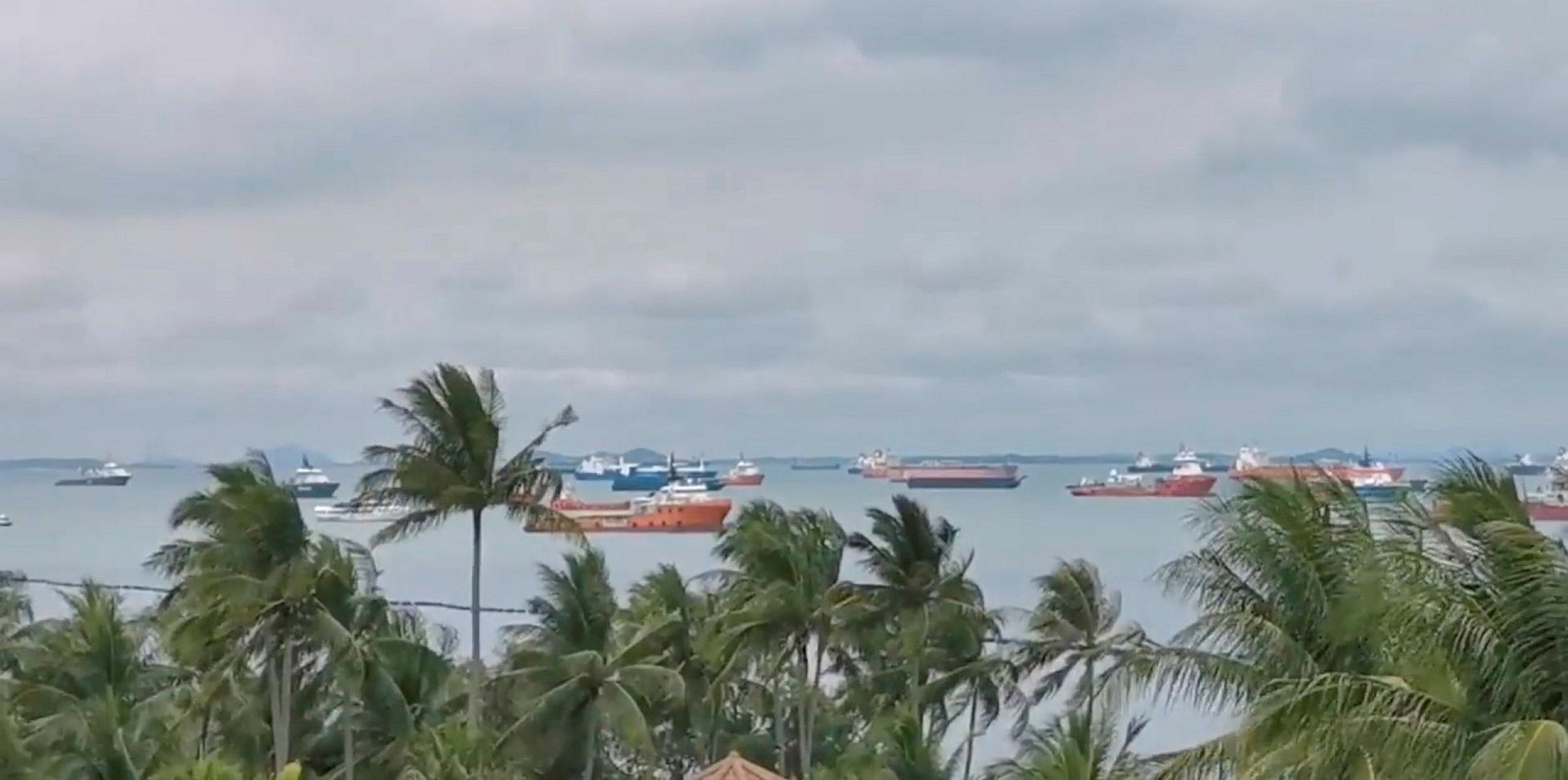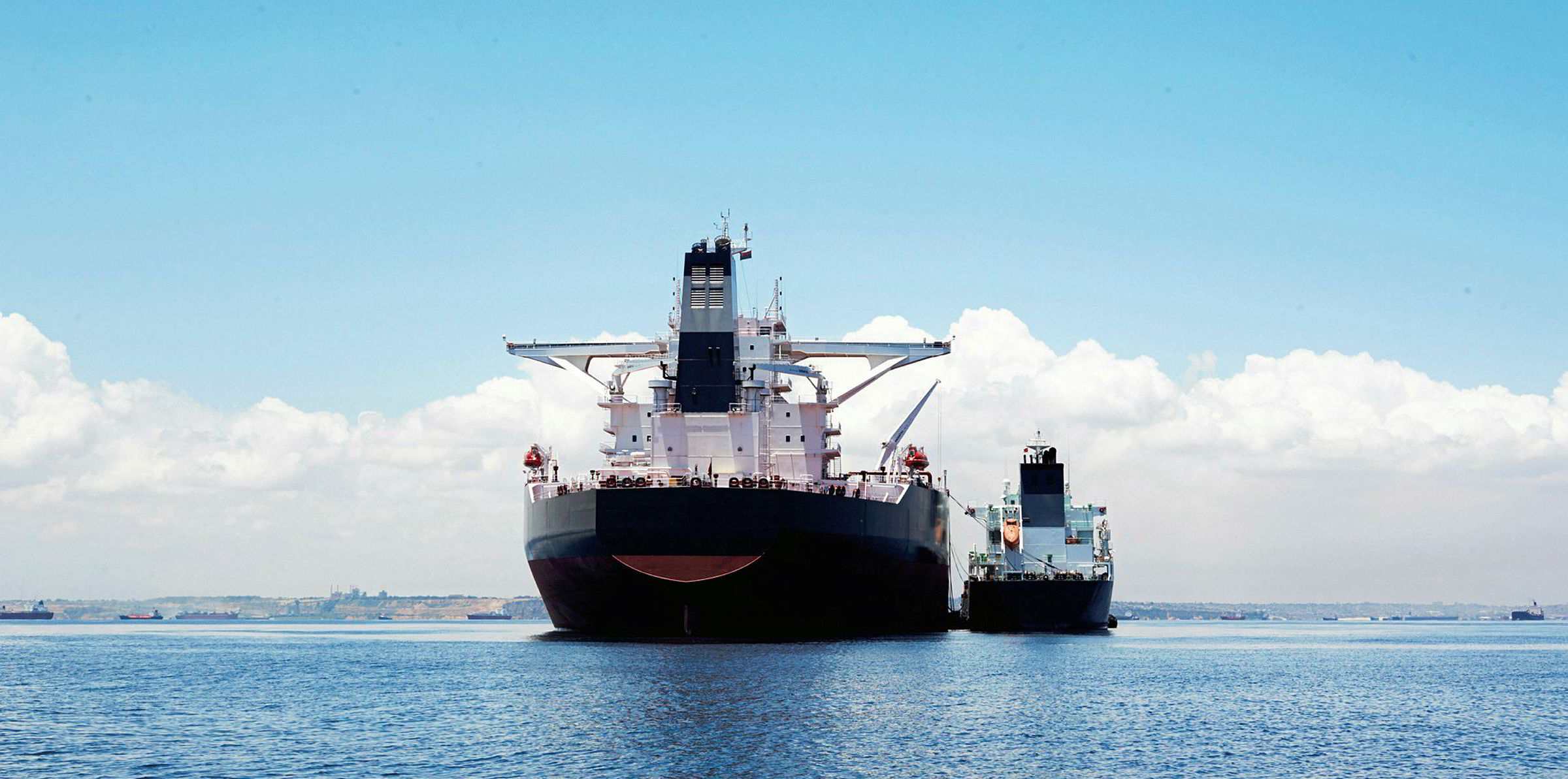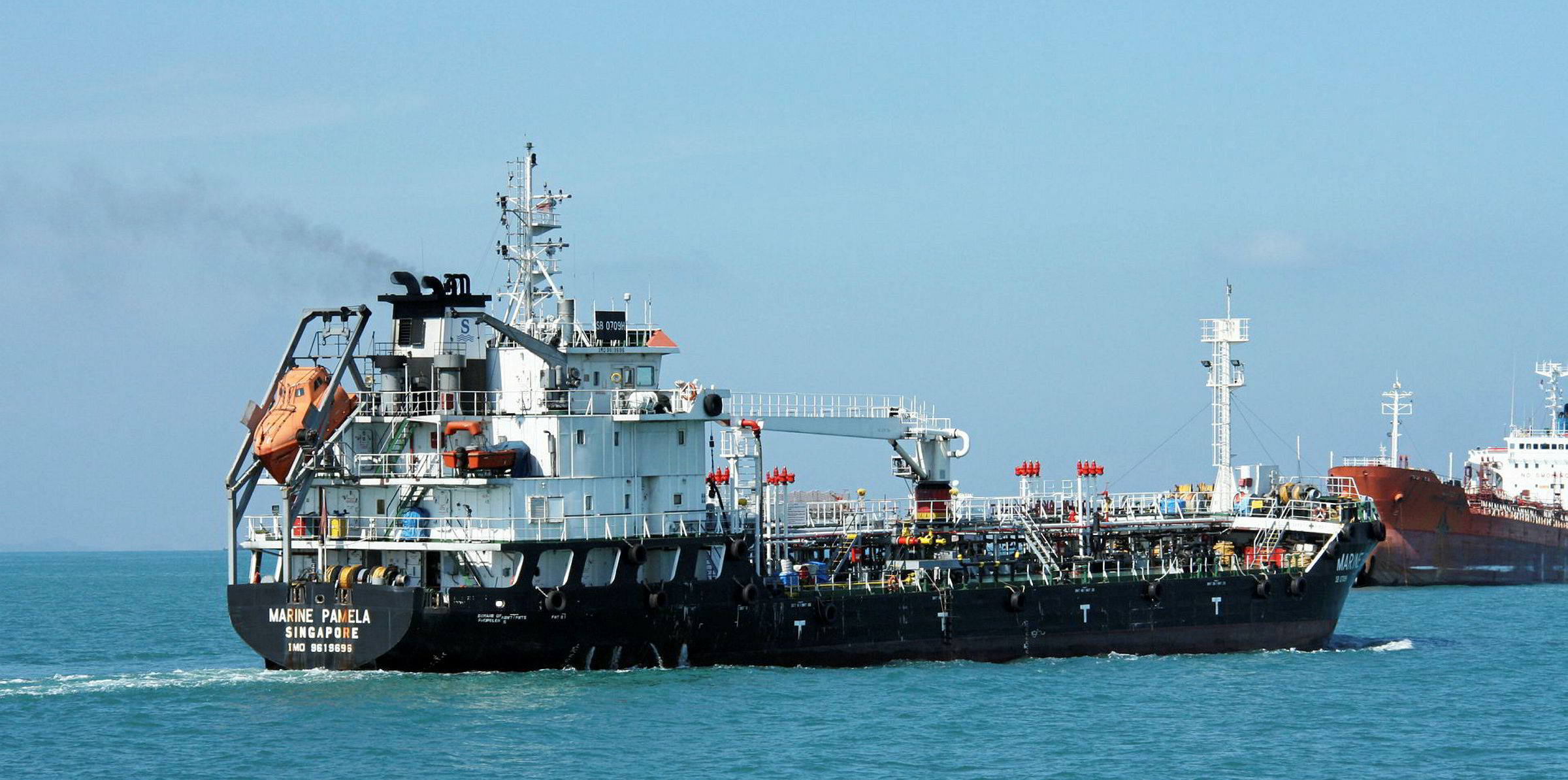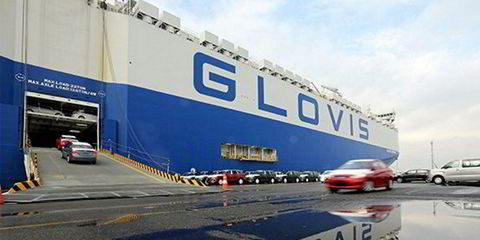The reluctance of small and midsize shipowners to trade marine fuel derivatives has kept the paper market from reaching its full potential, according to senior bunker industry executive Daniel Rose.
The fuel derivative market has been dominated by major trading houses and vessel operators for years, with these players possessing the financial capabilities and expertise to facilitate trading.
Even though the volatile oil and shipping markets have boosted liquidity since March, market participants believe smaller players are still hesitant to embrace the paper instruments.
“Larger shipping companies find it easier to project forward what their bunker volumes are going to be,” LQM Petroleum Services chief executive Rose said.
“If you are a medium or small-size owner or operator, it can be difficult to project forward what your usage is going to be. Some owners and operator get afraid about things like margin calls and the impact that can have on their cash flows.”
Low fuel prices
Rose suggested these players could serve themselves better by making an entry, though, with the current low bunker prices.
Moving in tandem with crude prices, marine fuel costs remain historically low despite recovering slightly from their record lows in April.
In a webinar held by LQM in mid-May, two-thirds of the 100-strong participants thought bunker prices would rise in the next 12 months. Only half indicated they were using paper instruments to mitigate the pricing risks.
“Some buyers feel that their bunker volumes are not big enough to get sufficient interest from the derivative provider,” Rose, whose company trades and brokers marine fuel in both physical and paper markets, said.
“I think that's a little bit misleading because … there are companies like our own that will cater for small sizes. Some companies feel [that] 1,000-tonne [lot] is too small, but I can help them with that.”
Trading patterns
For the shipping companies that use derivatives to lock in low fuel prices, the contracts for two to six months forward are generally preferred, according to Rose. But there are also interests in 12-month to 24-month contracts, he added.
Further complication has come from regulation, with the IMO lowering the global sulphur cap in marine fuel to 0.5% from 3.5% at the beginning of the year.
While the liquidity of 0.5%-sulphur derivatives has been increasing, clearing data from Intercontinental Exchange shows the overall bunker derivative market is shrinking this year.
This was because the volume of 3.5%-sulphur fuel derivatives more than halved to 106,677 lots between 2 January and 6 May from 280,706 lots in the same period last year.
But Rose suggested market players would not have trouble finding counterparties.
“We're not seeing huge problems with liquidity at the moment,” Rose said. “The market force is here and I think over time, the [bunker] demand will continue to create a market if enough people needed it.”







